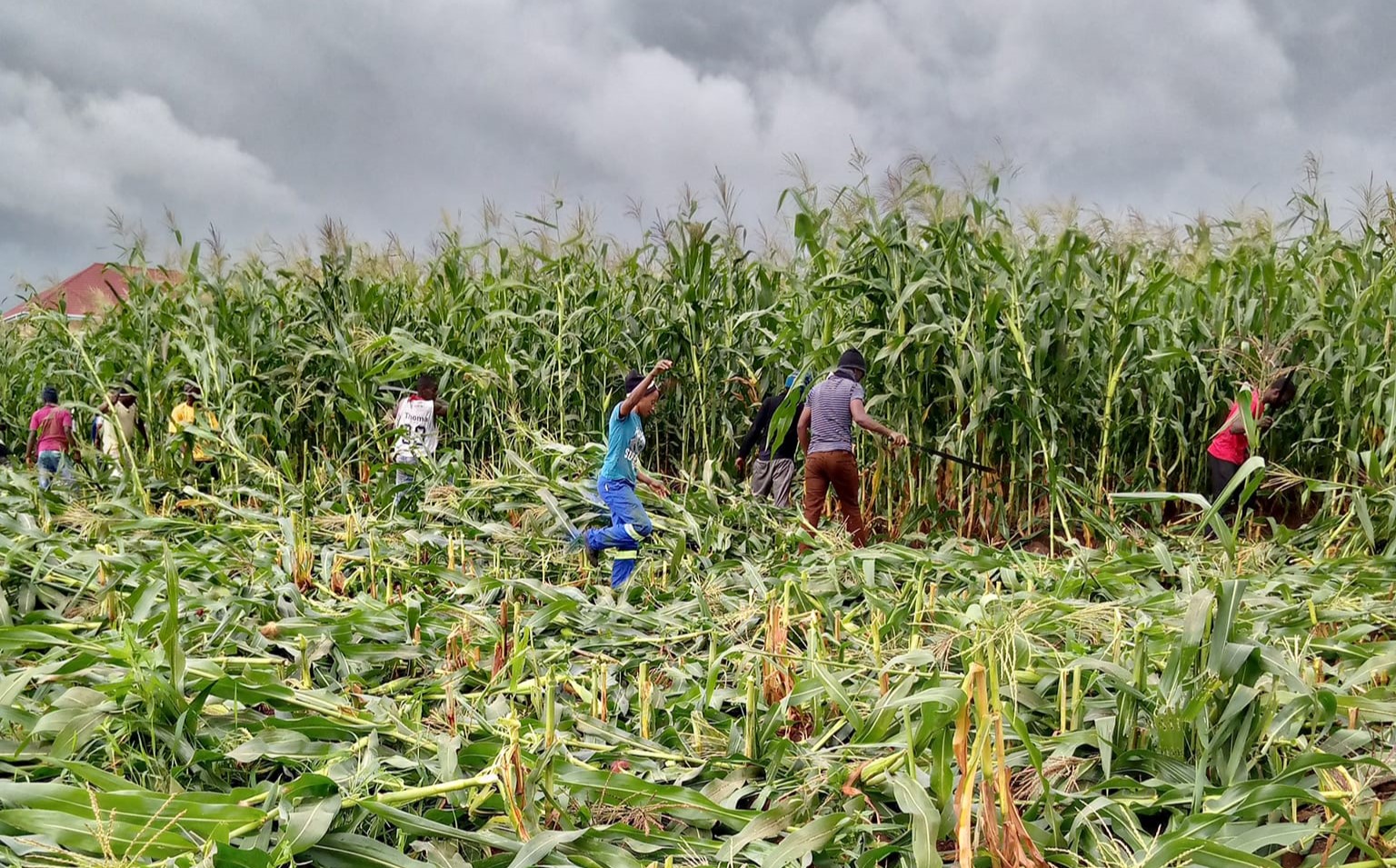Is Kayelekera closure harbinger of worst things to come?
Is the closure of Kayelekera Uranium Mine (KUM) in Karonga—while attributable to global industry price trends—a microcosm of what has gone wrong with our economy as well as what lies just ahead?
I mean if—as Paladin Africa Limited (PAL) managing director John Borshof says—the reason for the temporary closure is the global sharp price slump of uranium—why has the company not suspended production at its flagship Langer Heinrich Mine in Namibia and Manyingee in Western Australia?
Doesn’t the firm want to “preserve the remaining ore body until a sustained price recovery occurs” at these two mines as well? Or is it that the other mines are in better structured economies that can absorb the exogenous price shocks?
Whatever it is, there is no doubt that Malawi’s fragile economy is set to take a hard knock from the production freeze.
Already, the decision has left 269 local staff jobless, a figure that represents 60 percent of the mine’s current labour force.
With Malawi’s average household comprising five people, it means that 1 345 lives have been affected directly.
The company will retain 194 local employees and 27 expatriate staff to maintain the site and strengthen physical security at the mine.
While we thank God for small mercies that redundant employees will be paid-off an equivalent of 10.7 month’s salary that is well above the minimum that Malawi’s labour laws prescribe—the damage to the long-term survival of the sacked workers and the dormancy of the project as well as its idle core competences are bad for the economy.
Then think of those local businesses around Karonga and Chitipa that sprung up because of and sustained by the market opportunities the mining project offered.
I also know that thanks to Kayelekera, several commercial banks either opened branches at Karonga Boma or rapidly expanded their existing structures in the district. These institutions will also take a knock so hard that they, too, might scale back. The chain of victims is endless.
The development also slackens the momentum that the local mining sector—a sleeping giant for decades—has been enjoying over the past years.
As well as slowing down economic activity in Karonga and other areas that benefitted from the mining project’s multiplier effects, the closure of Kayelekera is set to knock some percentage points off Malawi’s gross domestic product (GDP) growth rate for 2014 and 2015 since Kayelekera as we knew it was factored into national accounts and may now have to be factored out.
Until 2009, mining only contributed around three percent to GDP. But with the opening of KUM in Karonga, the sector’s share of GDP has since 2009 jumped to around 10 percent.
While some of that growth may have been due to other activities in the mining industry, there is no doubt that a huge chunk of that is attributable to Kayelekera.
The Kayelekera shutdown will also have a dampening effect on the mining sector that official estimates say could contribute between 20 and 30 percent of GDP in the next five years.
Such contribution would only be second to good old agriculture, which makes up around 35 percent of GDP. It would also help fulfil Malawi’s economic diversification dream.
For now, the major drivers of our economic growth are not inspiring. Malawi’s growth estimates are five percent for this year and 5.4 percent for next year that analysts said would largely come from an anticipated recovery in foreign aid and projected higher tobacco exports.
All these factors are highly unpredictable. Already, donors have frozen budget support thanks to cashgate although it is still trickling in through dedicated grants and projects support.
As for tobacco, unless someone tells me that we have found vaccination for the global anti-smoking lobby epidemic and the exploitative ways of our golden leaf buyers, I would not bank on tobacco to lift our economy this year.
It is also striking that the estimated sources of growth are not from investments in the real sector, which should remind us of how unsustainable our growth path is.
But if you look at some of our friends in the sub-Sahara Africa region, it is heavy investment in the real sector that is driving growth.
In Tanzania, growth is forecast to average 8.2 percent this year and eight percent in 2015 propelled by massive investments in the gas sector and strong private consumption.
In Zambia, analysts project that investments in copper production and high government spending, which is expected to boost consumer power, will push the economy by 7.2 percent in 2014 and 7.6 percent next year.
In Mozambique, analysts say rapid expansion in the mining sector and huge investments in the natural gas industry should see the economy expanding by 7.3 percent in 2014 and 6.5 percent in 2015.
Thus, when you look at the high growth rates just across our borders and the factors propelling them, it is clear that it is investment—not shoe and maize distribution—that is generating growth rates of over six percent that is needed to cut poverty.
Love him or hate him, the late Bingu wa Mutharika understood that for a country with weak industrial linkages such as Malawi to achieve high growth rates, huge public infrastructure investments such as roads and other projects, coupled with massive spending in agricultural production (despite its well documented inefficiencies), are the way to go.
No wonder at some point, Malawi was the second fastest growing economy in the world only second to oil rich Qatar. But, as we all know, Mutharika later lost his head, then his mojo and everything—including the strong economic foundation he was building—came crushing down along with him.
What replaced him was pure retail ‘poli-conomics’ of the Bakili Muluzi notoriety that could only be matched in mediocrity by the governing incompetence of his current student, albeit a bad one.



